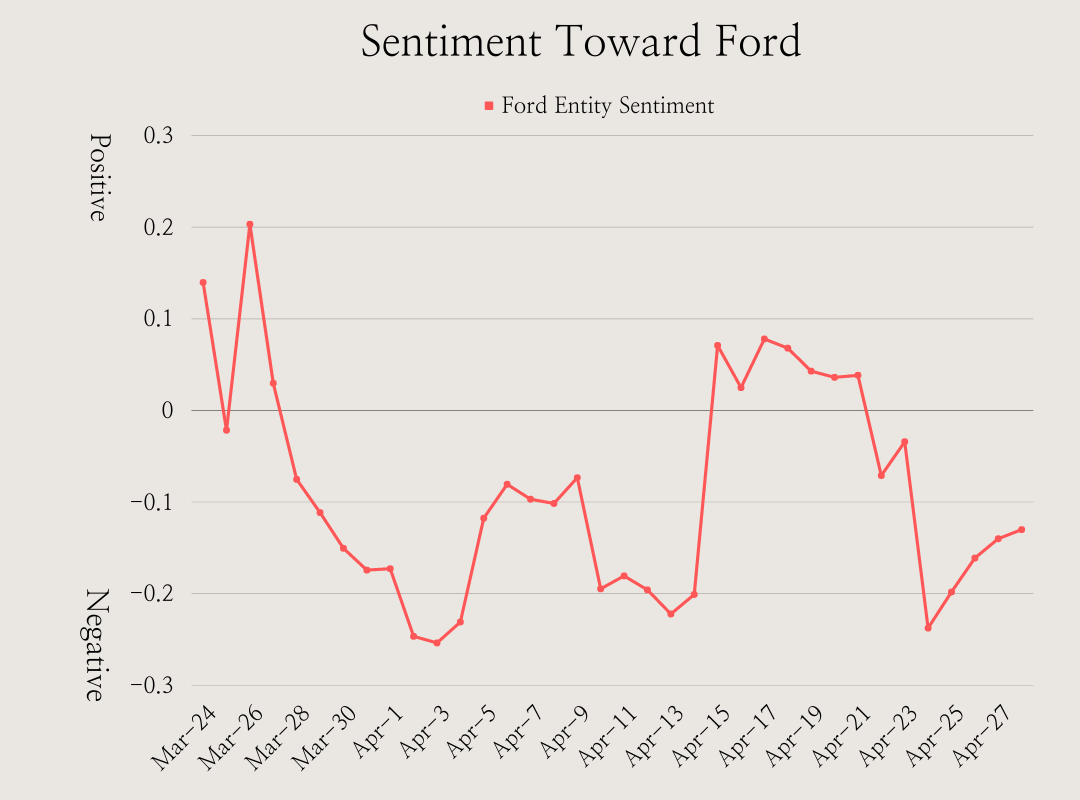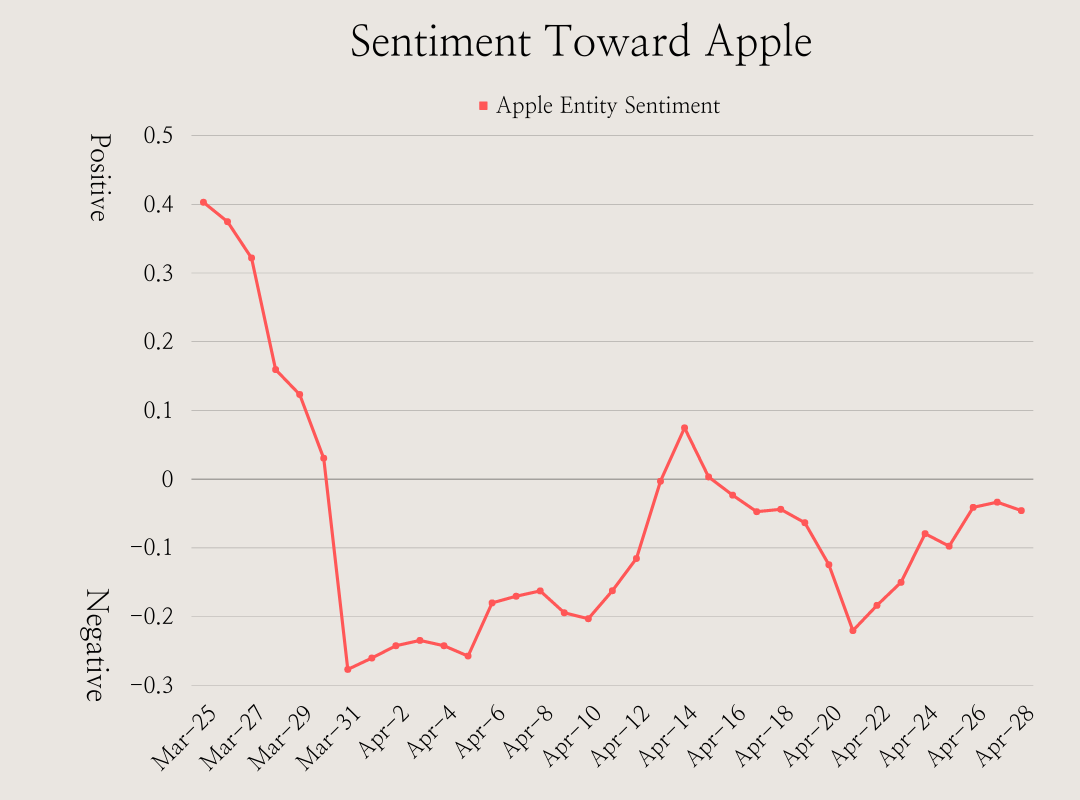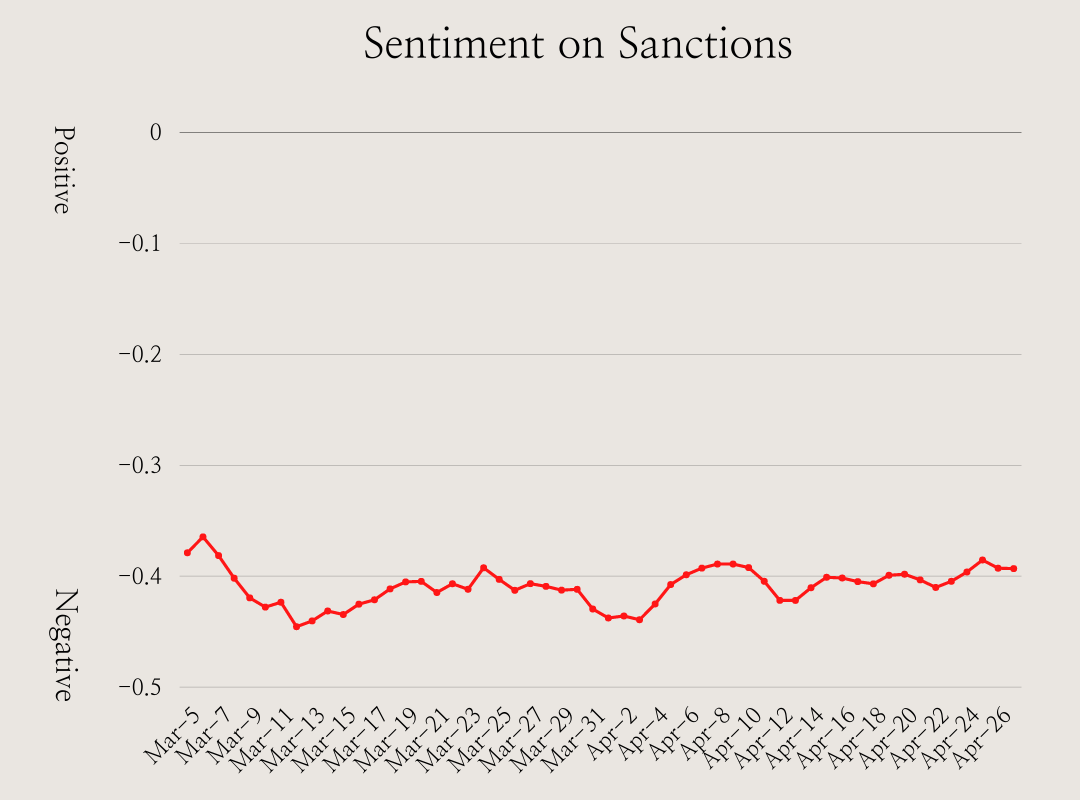How to Beat Propaganda by Talking to Your (Russian) Neighbors

It is a truth universally acknowledged that a speech by Vladimir Putin must be in want of a thorough online fact-checking.1
What this fact-checking is supposed to accomplish is harder to say. Since 2014 the number of fact-checking organizations has proliferated rapidly.2 Theoretically, such organizations as well as fact-checker journalists and non-profits combat propaganda and misinformation by handing out the real facts, so the public will not be deceived.
But in the case of Putin, the vast majority of Americans already won’t believe a word he says. When a recent Pew Research poll asked respondents how much confidence they had that Putin would “do the right thing regarding world affairs,” 77% answered “none at all,” and another 15% said “not too much.”3 It’s doubtful that a fact-check will change many Russian minds either; Putin’s popularity remains high.
At its worst, fact-checking is another example of the gamification of American public life. Oftentimes, journalists and others on social media act like they’re playing a video game, where all that matters is winning points against their political opponents.4 When they spit out facts and arguments, they are not really trying to bring the other party around to their point of view. They are just running up the score. Why? The algorithms and reward systems of social media encourage gamification: likes, retweets, and new followers are the online equivalents of cheering crowds.
Even if the fact-checker is totally sincere about changing peoples’ minds, the whole enterprise is probably misguided. The idea is that if the readers know the truth, the real facts, then they will change their minds. Perhaps a Russian citizen, somewhere out there, will read the fact-check and realize that he or she has been lied to.
It almost never works that way. In fact, reams of social scientific research suggest that a point-by-point refutation is actually more likely to reinforce the beliefs it was trying to change.5
It doesn’t follow that there’s no point in trying to change someone’s mind, or disabuse them of propaganda. Facts just aren’t enough. It’s a better bet to build a relationship first. Changing someone’s mind usually requires understanding their views and values on a deep level. It takes trust and it takes time.
The problem is scalability, especially online. The internet’s strengths are speed and scale. It’s an amazing tool for disseminating information and forming dozens if not hundreds of weak relationships, but neither of those are helpful if you want to change someone’s point of view.
At FilterLabs.AI, we’re not ready to give up just yet. Instead of trying to refute propaganda, we first try to learn more about the people who are hearing it. By looking at hyper-local networks, we can get a sense of what’s going on in their neighborhoods. Careful NLP (natural language processing) can then give us a clearer sense of what people are thinking and, more importantly, what they’re feeling.
The internet still has the potential to put us in touch with people on the other side of the world, effectively making them our neighbors. Once we understand what matters to people on a local level, we can reach out, make connections, and maybe even defeat propaganda through human connections.
Iconic American Brands
Russian views on the war in Ukraine are certainly not simple. As with any complex geopolitical situation, a large number of factors are intertwined. One of those factors is sentiment toward American brands. The power of sanctions, of course, depends upon need and desirability of the goods and services that are being sanctioned. At FilterLabs.AI we've been taking a look at some iconic American brands to see just what the sanctions' impact might be.
Below we indicate sentiment in all media types, news, forums, etc.
Ford

Apple

Note that both brands are following a very similar trajectory. This is significant not only because they align chronologically, but also be cause these brands are in different product categories. This indicates that there is likely a very strong narrative link in common between the brands. Furthermore, that narrative link is not simply the presence of sanctions. The sanctions themselves have had a relatively stable sentiment baseline throughout the period:

We suspect that if the growing positivity toward these brands increases through the Spring months, then the sanctions may increase in potency. But we will have to keep our eyes on the numbers to see how things pan out.
For more charts head over to https://www.filter-russia.com
Notes
1 Kessler, Glenn. “Fact-Checking Putin’s Speech on Ukraine.” The Washington Post. February 23, 2022. Accessed April 25, 2022. https://www.washingtonpost.com/politics/2022/02/23/fact-checking-putins-speech-ukraine/
2 Fischer, Sara. “Fact-checking goes mainstream in Trump era.” Axios. October 13, 2020. Accessed April 26, 2022. https://www.axios.com/fact-checking-trump-media-baad50cc-a13f-4b73-a52a-4cd9e63bd2fc.html
3 Jacob Poushter and Aidan Connaghton. “Zelinsky inspires widespread confidence from U.S. public as views of Putin hit new low.” Pew Research Center. March 30, 2022. Accessed April 25, 2022. https://www.pewresearch.org/fact-tank/2022/03/30/zelenskyy-inspires-widespread-confidence-from-u-s-public-as-views-of-putin-hit-new-low/
4 Chitkara, Hirsh. “How social media became a ‘debate-themed video game’ and why the internet is destroying democracy.” protocol. March 31, 2022. Accessed April 25, 2022. https://www.protocol.com/policy/justin-smith-internet-social-media
5 Grant, Adam. “The Science of Reasoning With Unreasonable People.” New York Times. January 31, 2021. Accessed April 25, 2022. https://www.nytimes.com/2021/01/31/opinion/change-someones-mind.html
[Update - 04-29-22] Updated text to indicate where we find data for computing sentiment. Updated chart title to fix typo on Apple sentiment report.
